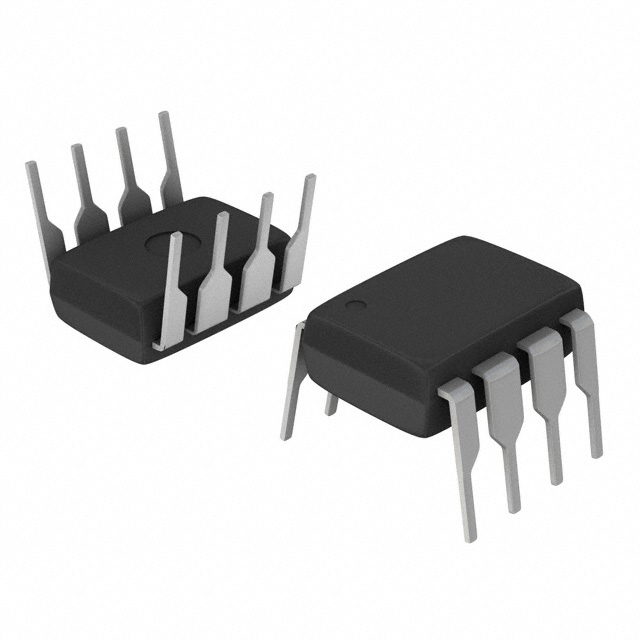AD8312: Features: Complete RF detector function Typical range: −45 dBm to 0 dBm, re 50 Ω Frequency response from 50 MHz to 3.5 GHz Temperature-stable linear-in-dB responseAccurate to 3.5 GHz Ra...
floor Price/Ceiling Price
- Part Number:
- AD8312
- Supply Ability:
- 5000
Price Break
- Qty
- 1~5000
- Unit Price
- Negotiable
- Processing time
- 15 Days
SeekIC Buyer Protection PLUS - newly updated for 2013!
- Escrow Protection.
- Guaranteed refunds.
- Secure payments.
- Learn more >>
Month Sales
268 Transactions
Payment Methods
All payment methods are secure and covered by SeekIC Buyer Protection PLUS.

 AD8312 Data Sheet
AD8312 Data Sheet








